Israeli defense firm Robotican recently delivered dozens of its Rooster hybrid drone systems to European special operations forces, intervention units, and infantry teams, marking a key expansion in tactical unmanned technology. This move, coupled with the drone’s new NATO registration, positions it as a reliable tool for high-stakes missions in restricted environments, according to Defence Blog.
Advanced Hybrid Technology for Challenging Terrains
Robotican designed the Rooster as a compact tactical drone that merges aerial flight with ground-based rolling mobility. This hybrid approach allows the system to navigate complex spaces efficiently, including indoor areas, underground sites, and zones without GPS signals. The drone’s protective cage lets it roll over rough terrain, reaching spots that traditional drones cannot access.
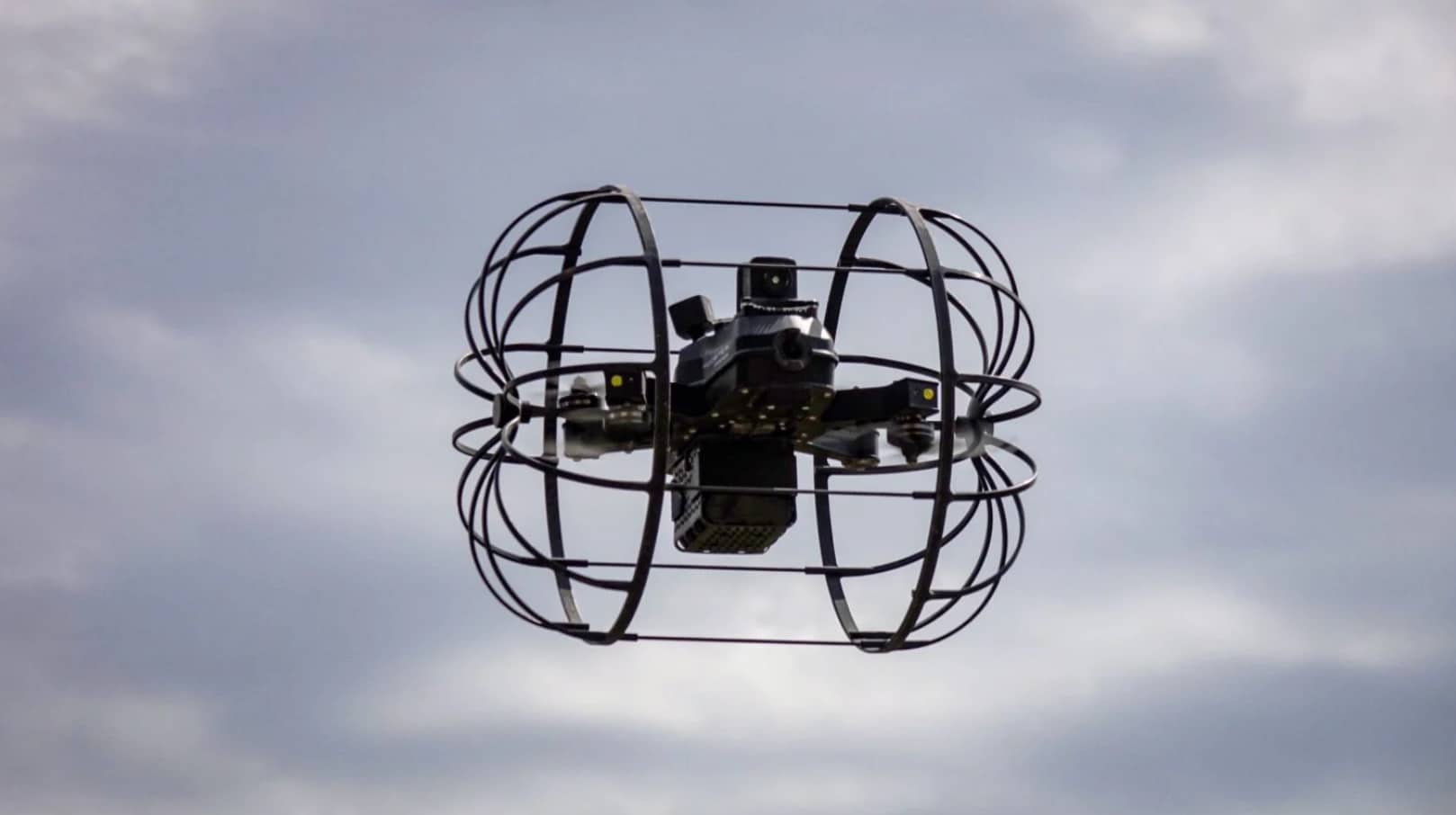
Equipped with day and night infrared-sensitive cameras, visible and infrared illuminators, and interchangeable payloads like thermal imagers or hazardous material sensors, the Rooster delivers versatile reconnaissance capabilities. It supports tactical operations, urban search and rescue, responses to dangerous substances, and inspections in industrial settings. Building on that, the system uses robust MESH communications to connect up to three units, even in areas lacking external networks.
Enhanced Mission Flexibility and Deployment
The Rooster offers a standard mission time of 90 minutes, extending to five hours in standby mode, which provides teams with prolonged operational windows. Weighing lightly enough to fit into a tactical backpack—roughly the size of a standard military pack at about 1-2 feet (0.3-0.6 meters) in dimensions—it enables single-operator use for quick setup. This design minimizes exposure for small units while delivering real-time situational awareness.
Company leaders noted that the drone’s adoption by the Israeli Ministry of Defense, Home Front Command, and elite groups in Europe and the United States demonstrates its rising prominence in contemporary warfare.
“The ROOSTER was developed as a strategic response to the growing need for precise intelligence in challenging environments where access is limited and situational awareness is critical,” said Hagai Balshai, CEO of Robotican. “By enabling forces to gather critical data before operational breach, it significantly reduces risk and enhances mission planning.”
Implications for Autonomous Systems in Defense
This delivery reflects broader industry trends toward autonomous platforms that function in denied or degraded settings, where human entry carries high risks. NATO’s official registration affirms the Rooster’s compliance with alliance standards, reinforcing its appeal for allied forces. As demand grows for such energy-efficient, multi-role drones, this development raises questions about how hybrid technologies might reshape special operations tactics, potentially lowering casualties through better pre-mission intelligence.
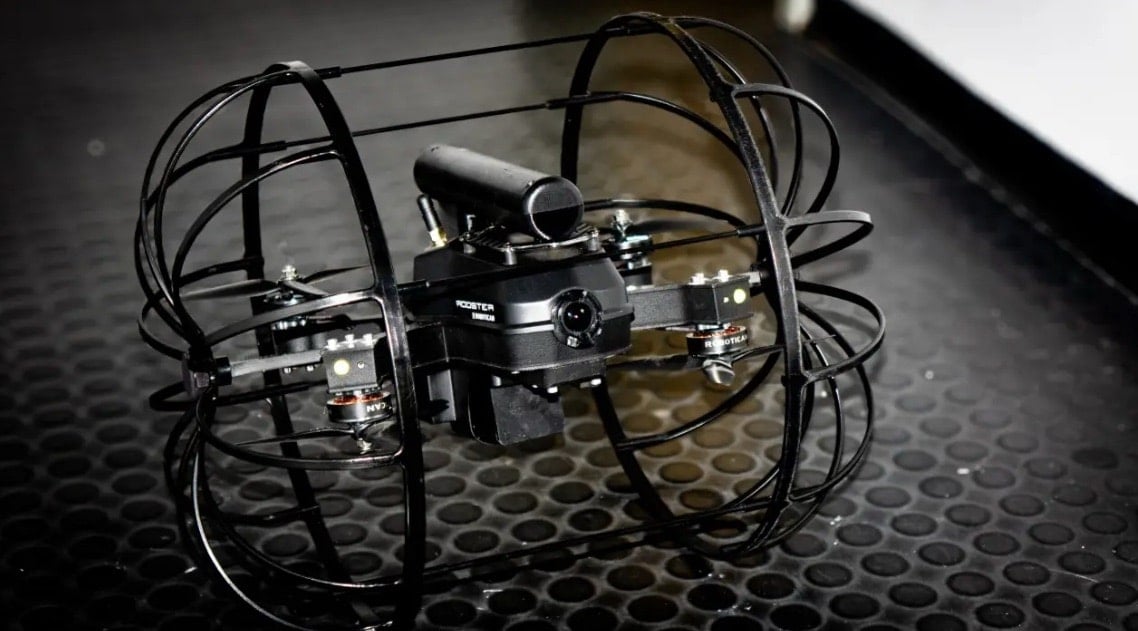
In practical terms, the Rooster’s ability to switch between flying and rolling conserves energy, extending battery life in confined spaces. This could influence procurement decisions across NATO members, prioritizing systems that blend aerial agility with ground resilience. While costs remain undisclosed in public statements, the focus on rapid deployment suggests potential savings in training and logistics for infantry teams.
Overall, Robotican’s progress with the Rooster underscores a shift in drone applications from open-sky surveillance to versatile, close-quarters tools. As European units integrate these systems, observers anticipate further adaptations for civilian uses like disaster response, though military priorities currently drive innovations.
Photos courtesy of Robotican.
Discover more from DroneXL.co
Subscribe to get the latest posts sent to your email.
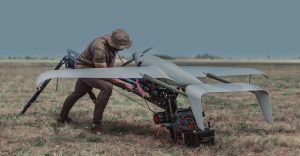
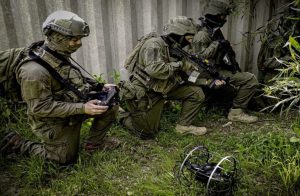

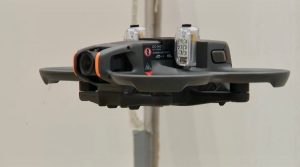
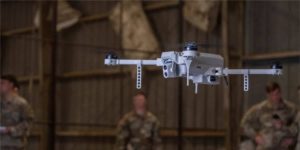
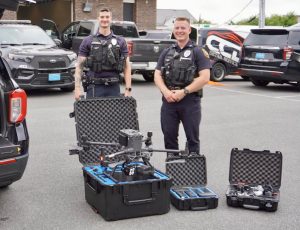



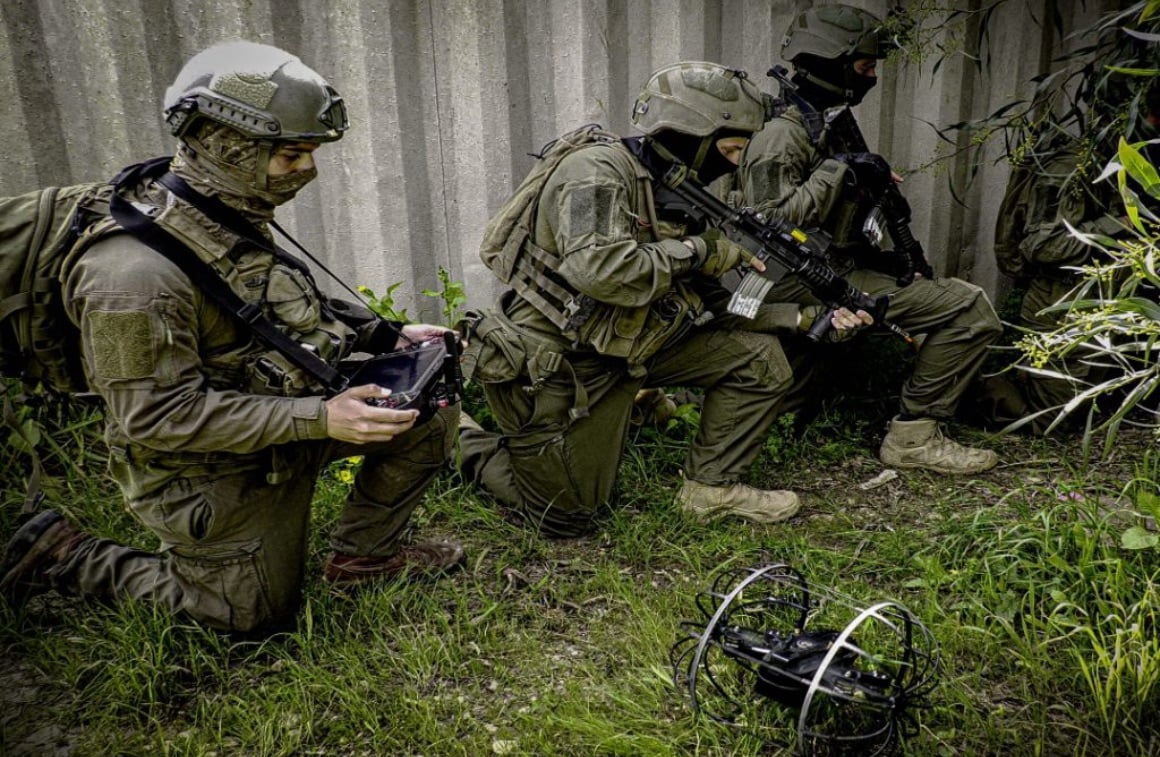
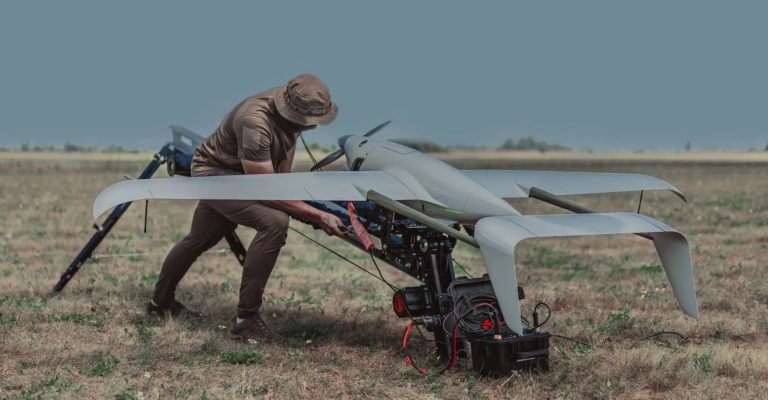
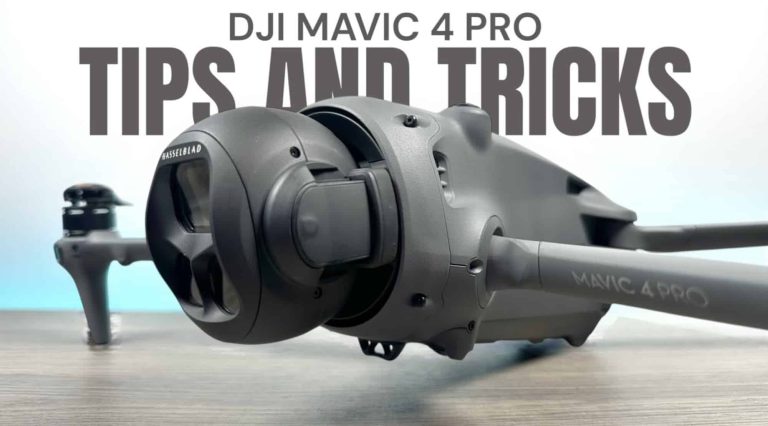
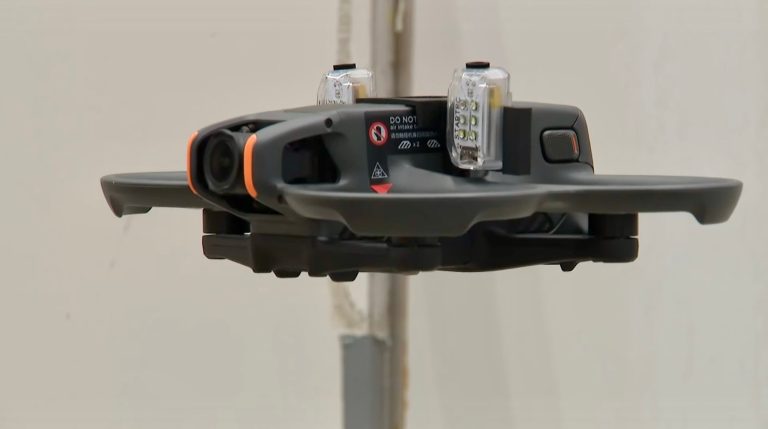
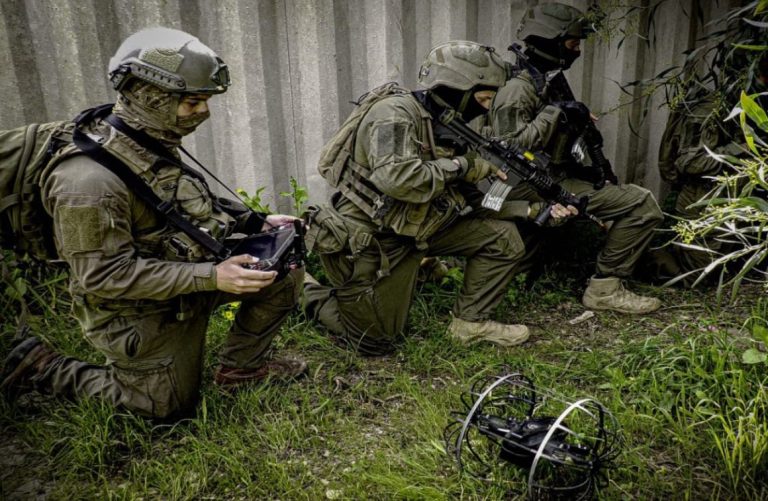
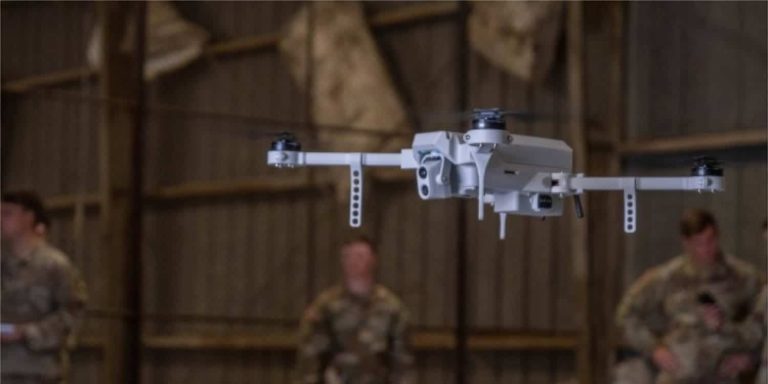
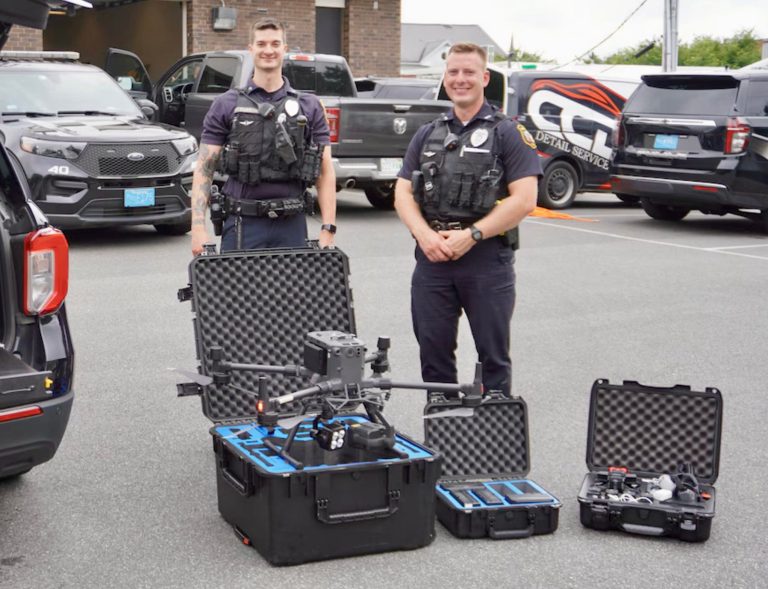
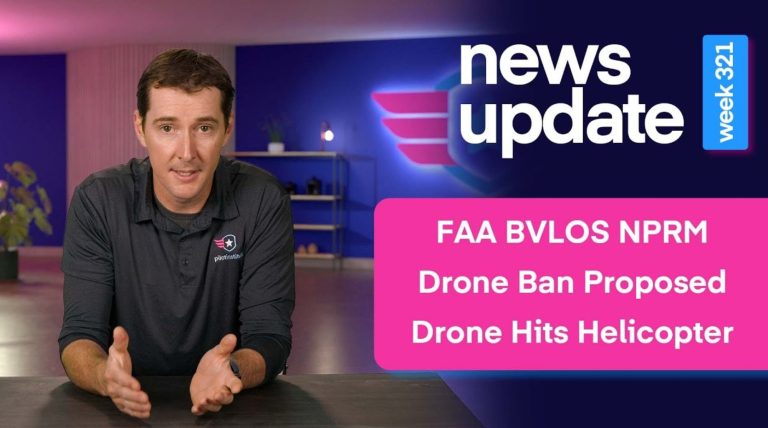

+ There are no comments
Add yours